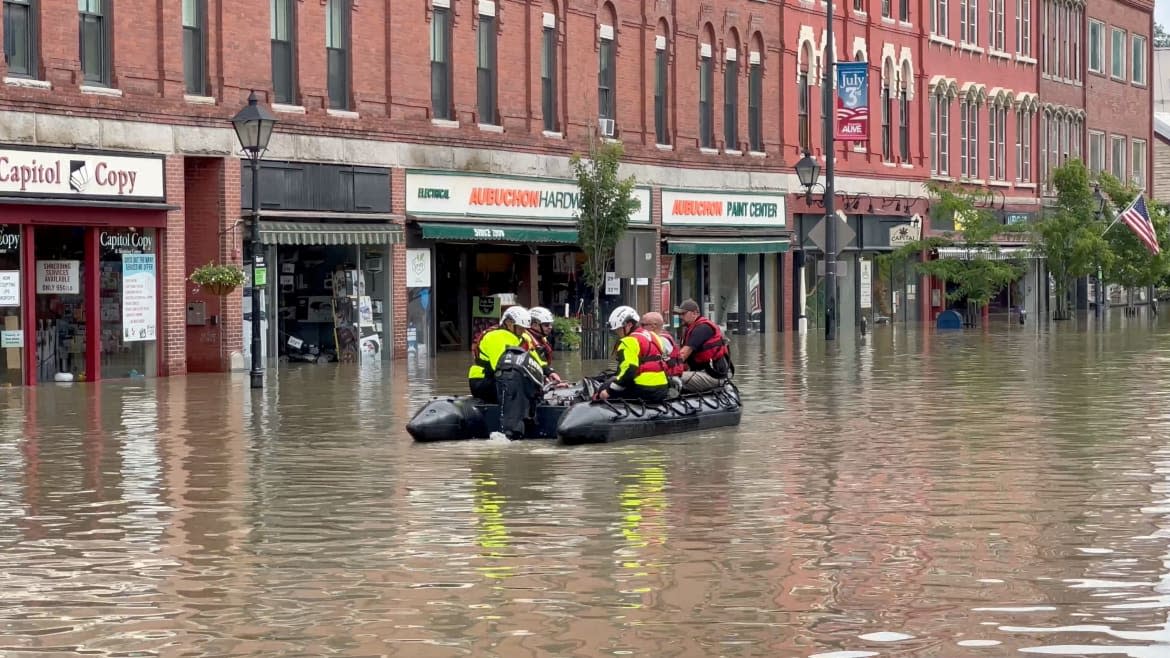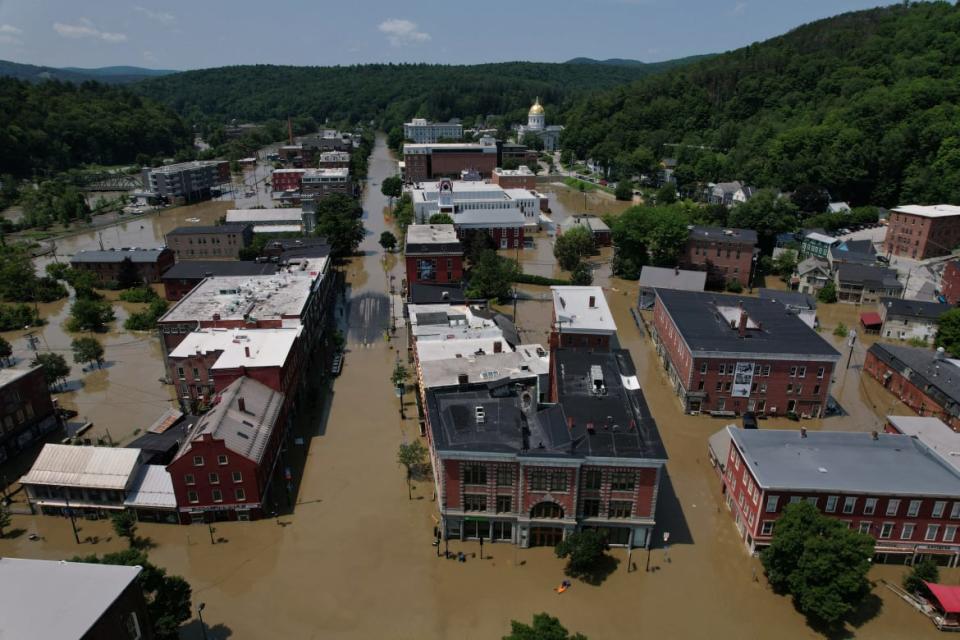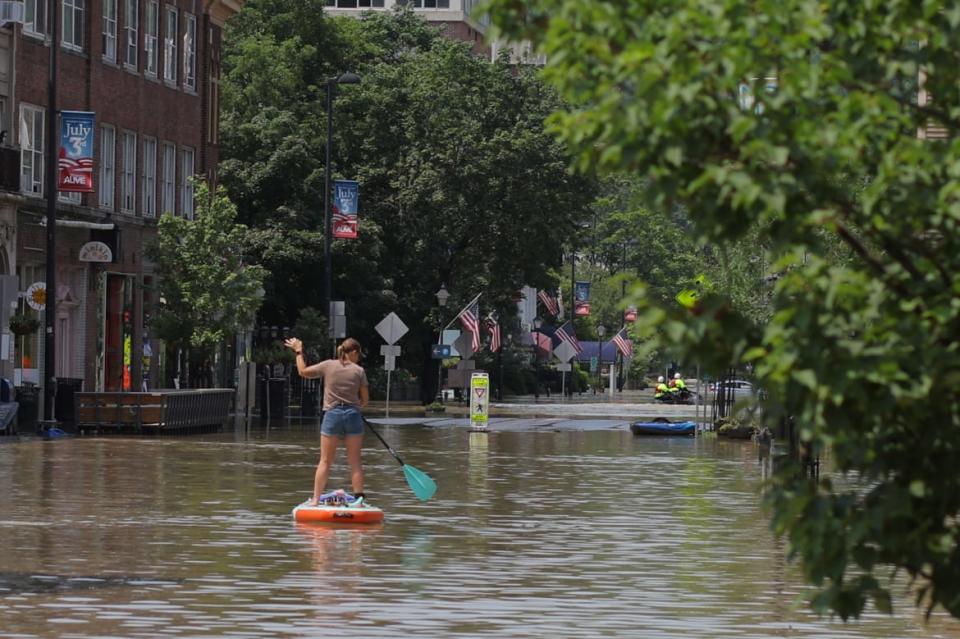Vermont’s Capital is Safe After Dam Nearly Burst Due to Flooding

A dam in Vermont was nearing capacity and threatening to burst at any minute Tuesday afternoon, leaving residents in the state’s capital on edge as “catastrophic” floods lashed the northeastern U.S. due to intense storms.
But as of 8:30 p.m. Tuesday night, the Montpelier city government announced that nearby rivers were receding and “below flood stage”—welcome news for residents of the state capital who spent much of the day on tenterhooks.
“The Wrightsville Dam water level is beginning to recede and is not anticipated to breach the spillway,” the city’s Facebook page said, easing the worries of residents anticipating further disaster.
At one point, the waters were just one foot away from the Wrightsville Dam’s spillway, according to the Montpelier Police Department. “Every additional foot of water that goes over the spillway doubles the amount of water entering the City from the dam,” police said at the time.
https://www.facebook.com/photo/?fbid=613823490839668&set=a.196095039279184
“Make no mistake, the devastation and flooding we’re experiencing across Vermont is historic and catastrophic,” Gov. Phil Scott told reporters at a news conference Tuesday.
Scott added that the flooding—which caused the Winooski River to rise to over 21 feet at one point Tuesday afternoon, according to the National Weather Service—has surpassed levels during Tropical Storm Irene in 2011.

Montpelier city manager William Fraser first announced around 4 a.m. Tuesday that the Wrightsville Dam had only six feet of capacity left and “a large amount of water” was at risk of spilling over into the North Branch River, which “would drastically add to the existing flood damage.”
He told residents in the capital that there were “few evacuation options remaining” and those most in danger—including anyone living in downtown Montpelier and along the North Branch River corridor—“may wish to go to upper floors in their houses.”
Police ordered residents to stay off the roads and issued a travel ban downtown, extending it until 3 p.m. after floodwaters were taking longer than anticipated to recede.

About 80 miles south in the small town of Ludlow, floodwaters left railroad tracks “suspended 100+ feet in the air after the earth beneath them washed away,” said Justin Michaels, a national correspondent for The Weather Channel, who shared shocking photos of the damage.
“We cover a lot of disaster on @weatherchannel, but we’ve never seen this,” he wrote.
We cover a lot of disaster on @weatherchannel, but we’ve never seen this - railroad tracks suspended 100+ feet in the air after the earth beneath them washed away in Ludlow, VT. 8” of rain fell here flooding this small town of 800. We continue live coverage in Vermont. pic.twitter.com/ZN0qXnoKfs
— Justin Michaels (@JMichaelsNews) July 11, 2023
The New York Times reported that by noon, rescuers had saved at least 117 people across the state from submerged houses and cars. Others were stranded in areas inaccessible by boat, however, and officials deployed helicopters to retrieve them.
President Joe Biden approved a declaration of emergency in Vermont early on Tuesday and authorized the Federal Emergency Management Agency to coordinate relief efforts, according to a White House statement.
Montpelier police said they will continue to monitor the Wrightsville Dam throughout the night. No deaths have been reported in the state, but search-and-rescue efforts could take several days. Thousands of people have lost homes or businesses, according to The Washington Post.
Although the sun is expected to come out Tuesday and Wednesday, Scott warned that more rain is expected Thursday and Friday. “This is nowhere near over,” he said.
Get the Daily Beast's biggest scoops and scandals delivered right to your inbox. Sign up now.
Stay informed and gain unlimited access to the Daily Beast's unmatched reporting. Subscribe now.

